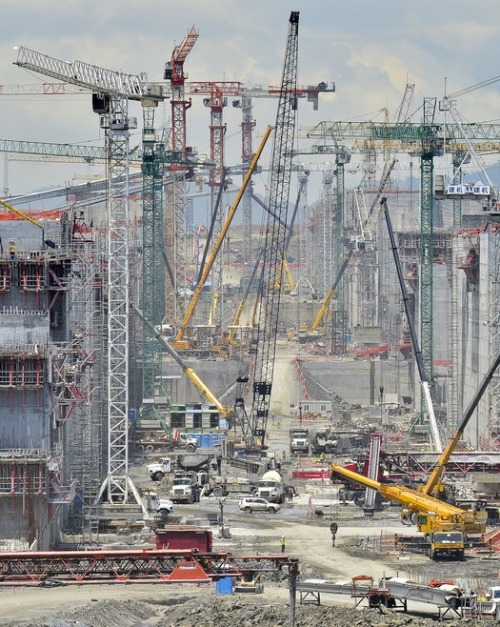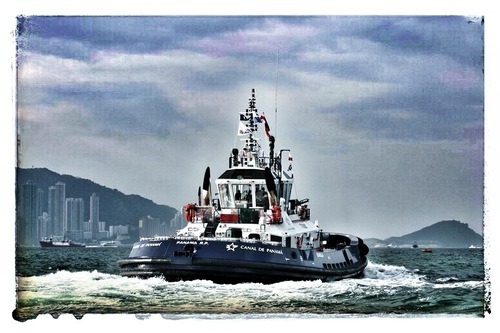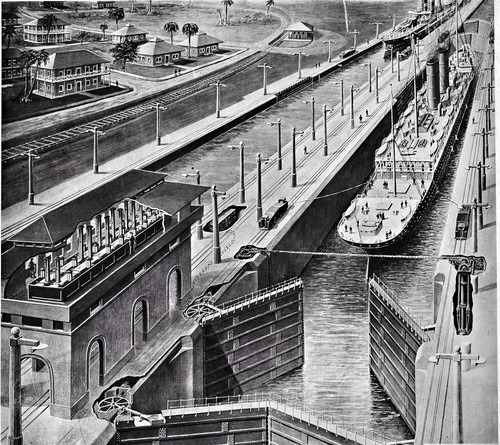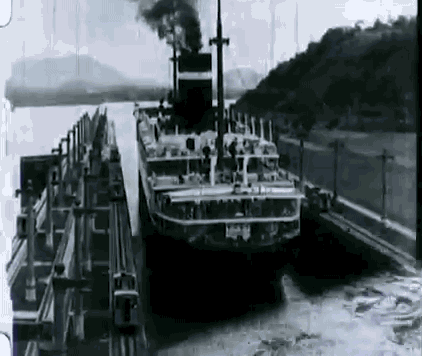The Panama Canal is a full century old, but it’s going through a growth spurt. The 48-mile-long waterway that cuts across “the backbone of the Western Hemisphere” is going through the final year of a massive expansion.
When work is completed this year, bigger locks will allow the giant “New Panamax” class of container ships and supertankers to slip through and boost the canal’s capacity by half.

The $5-billion project has also energized ports from Miami to Boston. Ports have invested another billion dollars in dredging their harbors and building up infrastructure to handle plus-size vessels carrying everything from neckties to natural gas.
When the Panama Canal opened 100 years ago last summer, it was one of the largest engineering projects ever undertaken by humans. Its locks and pumps relied on the world’s largest electrical system designed and built by GE.

The work was financed with U.S. treasury bonds, and the Panama Canal was GE’s first large government contract. “Such a large-scale collaboration of private and public organizations was unknown prior to this time,” writes management expert Tom Kendrick.“The relationship used by [the Panama Canal construction supervisor George] Goethals and GE served as the model for the Manhattan Project during World War II and for countless other modern projects in the United States and elsewhere.”
The canal is still using GE-powered tugs to move ships through its locks, and more of the boats are under construction.
On the other side of the world, in Egypt, GE is investing $200 million in a multimodal manufacturing, engineering, services and training center in Suez, near the Suez Canal, which is also going through a big expansion.

In 1914, the canal used 500 GE motors to operate the locks, with 500 more installed elsewhere in the system.
GE also built the power plants that provided the canal with electricity and designed the centralized control equipment for the locks.

One historian noted that GE “produced about half the electrical equipment needed during construction and virtually all of the permanent motors, relays, switches, wiring and generating equipment. They also built the original locks towing locomotives and all of the lighting.”
Since ships were not permitted to pass through the locks under their own power, these “lock mules” rode on rails next to the canal and pulled them through the locks. Custom gears and electrical design allowed them to run as slow as 1 mph, the speed required for gently tugging large vessels.


Today, the canal is still using a fleet of tugs powered by 12-cylinder marine diesel engines made by GE Transportation.
In 2012, the Panama Canal Authority ordered 14 new tugs with GE engines to handle the boom in traffic after the canal expansion is finished in 2015.

Filed Under: Infrastructure




